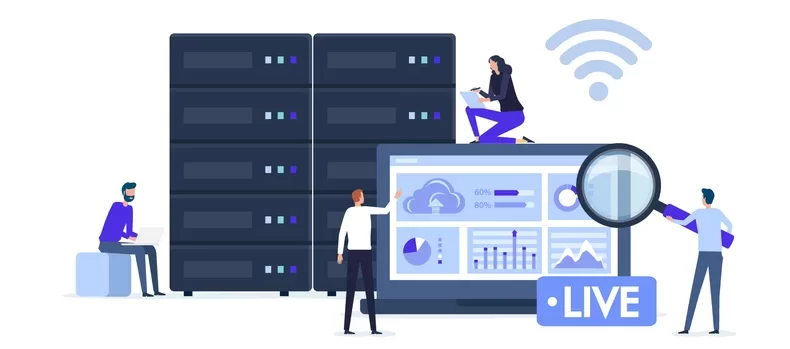Whether you’re building a Netflix-style VOD service or a Twitch-like live streaming platform, selecting the right server infrastructure is critical to performance, scalability, and user experience. Streaming platforms rely on specialized servers to deliver high-quality video content in real time or on demand—without buffering or downtime.
🧠 Types of Streaming Servers
- Live Streaming Servers Designed for real-time broadcasting of events, webinars, or gaming.
- Use protocols like RTMP, SRT, or WebRTC
- Require low latency and high bandwidth
- Often paired with encoding software like OBS or FFmpeg
- VOD (Video on Demand) Servers Store and deliver pre-recorded content that users can access anytime.
- Use HTTP-based protocols like HLS or DASH
- Benefit from caching and CDN integration
- Ideal for platforms like Netflix or YouTube
- Hybrid Servers Support both live and on-demand content.
- Useful for platforms offering both types of experiences
- Require flexible architecture and adaptive bitrate streaming
🖥️ Server Deployment Options
- Dedicated Servers Full control over hardware and configuration
- Best for large-scale platforms with predictable traffic
- High performance, better security, no resource sharing
- Cloud Servers Scalable and cost-efficient
- Pay-as-you-go model
- Ideal for startups or platforms with fluctuating traffic
- VPS (Virtual Private Servers) Affordable middle ground
- Suitable for small to medium platforms
- Limited scalability compared to cloud or dedicated setups
🚀 Key Performance Requirements
- CPU: Multi-core processors (e.g., Intel Xeon) for encoding and transcoding
- RAM: 1GB per concurrent stream is a good baseline
- Storage: SSDs for fast retrieval; RAID setups for redundancy
- Bandwidth: 1Gbps+ for HD/4K streaming; use CDNs for global delivery
- Protocols: RTMP, HLS, DASH, WebRTC depending on use case
🔐 Security & Reliability
- Use SSL encryption and DRM to protect content
- Implement load balancers and auto-scaling to handle traffic spikes
- Consider edge servers for faster regional delivery
📘 Discover more on: www.bookset.app
#StreamingInfrastructure #VideoServers #LiveStreaming #VODPlatforms #TechArchitecture

